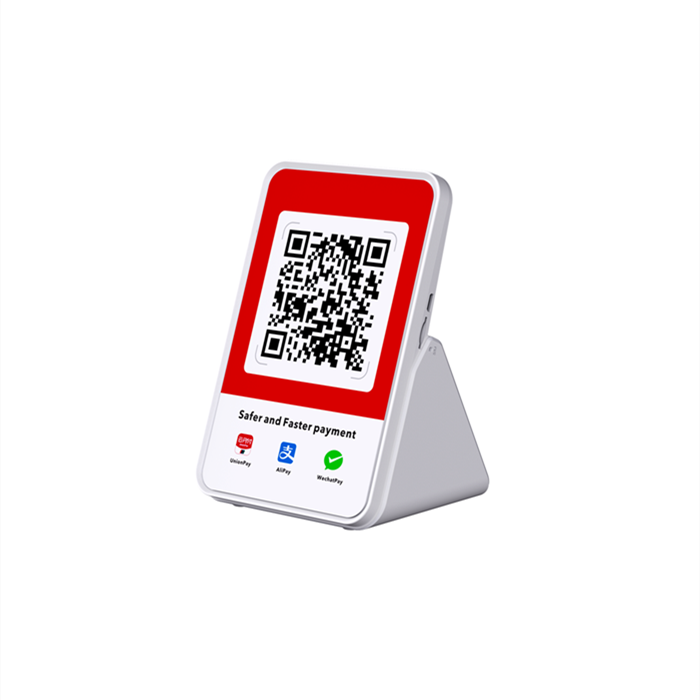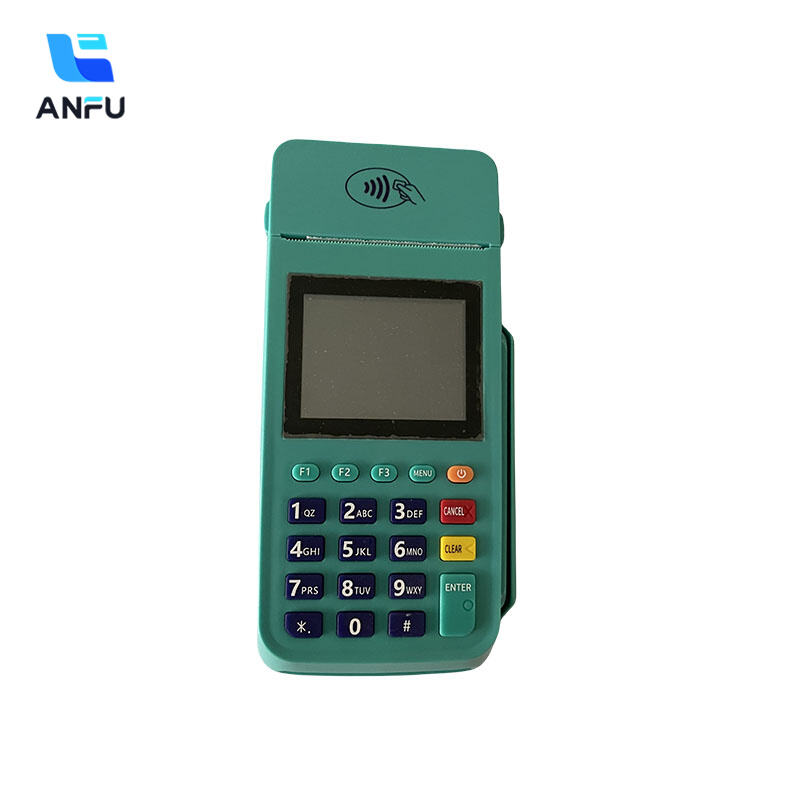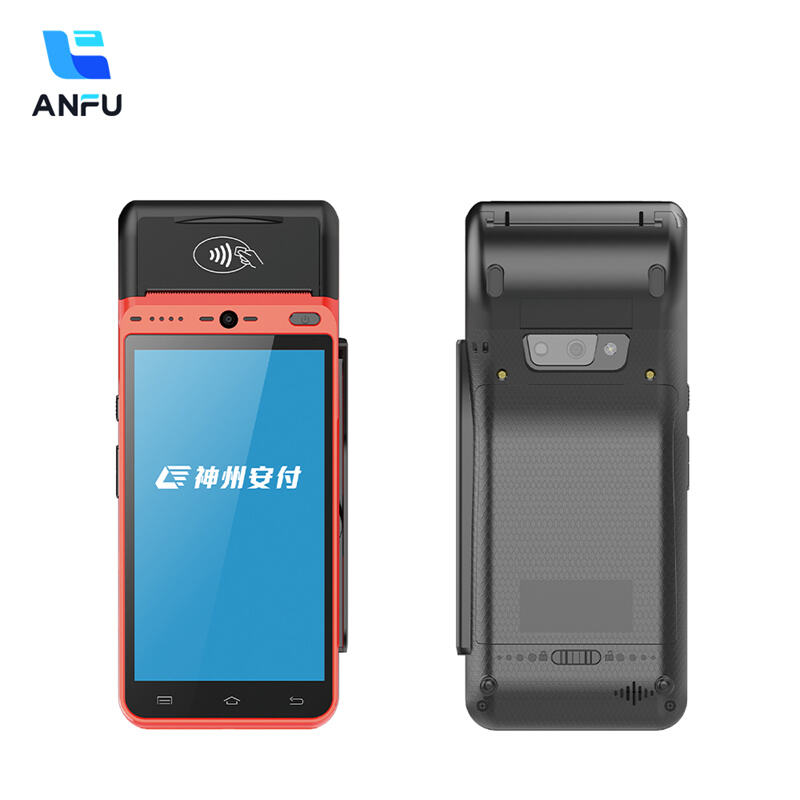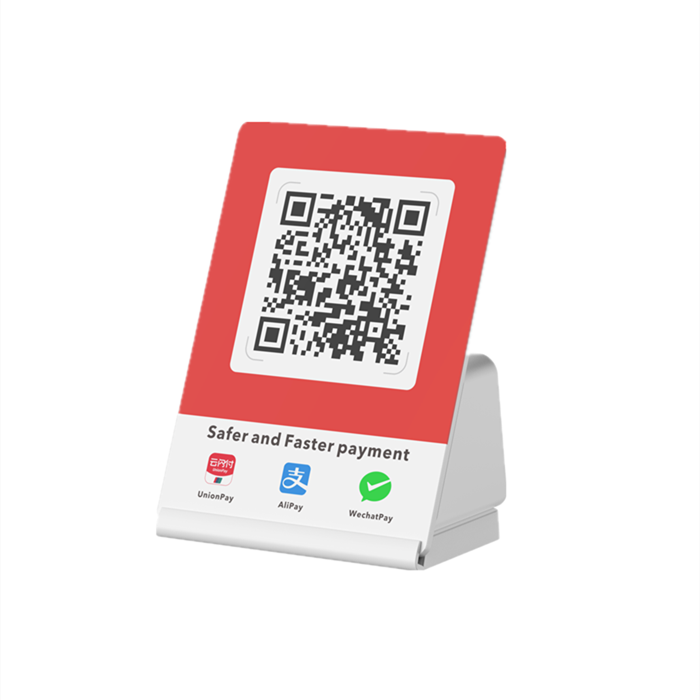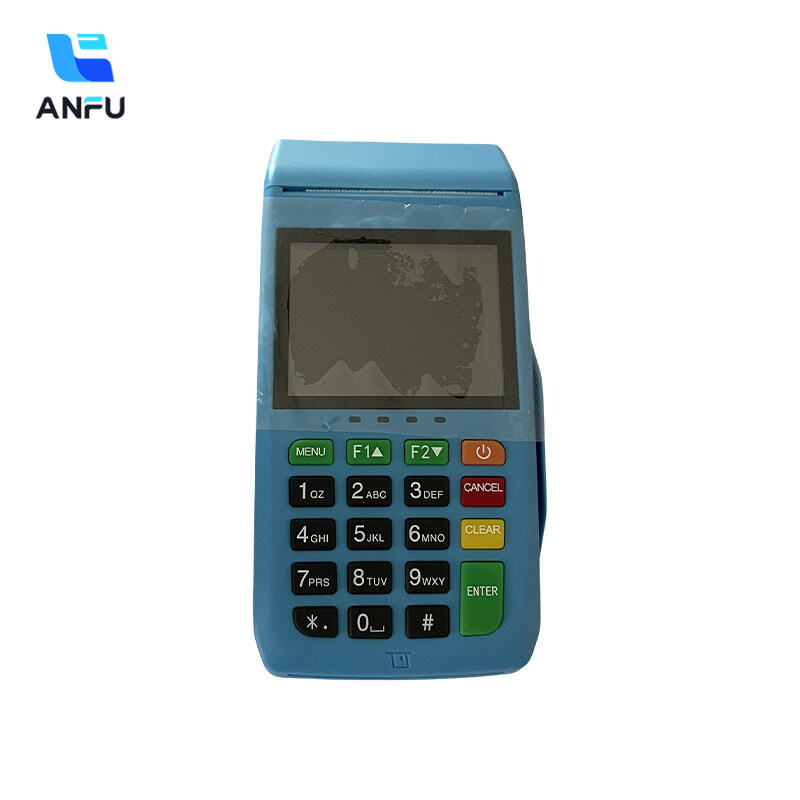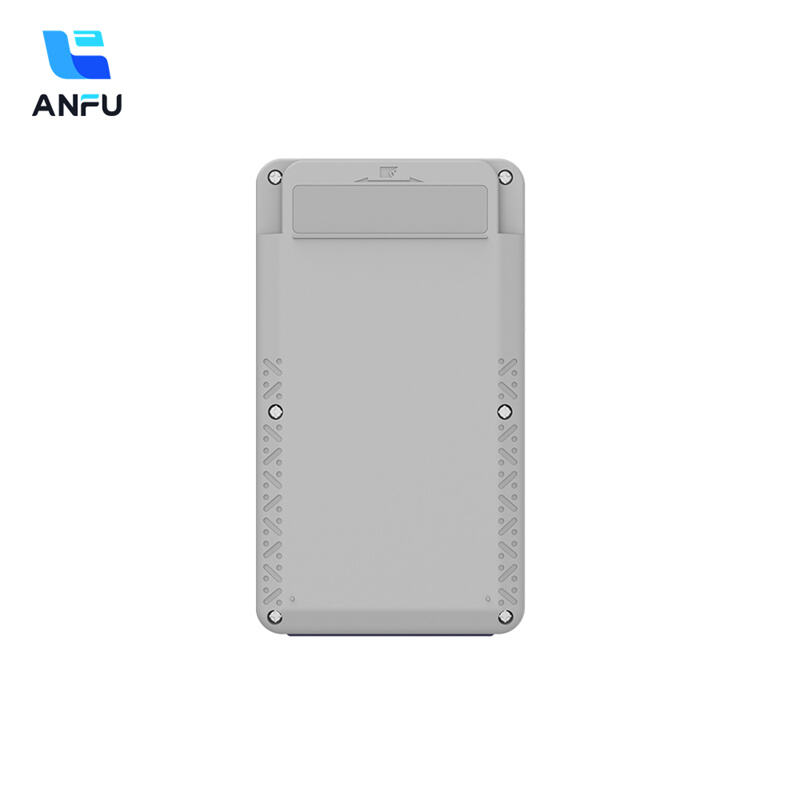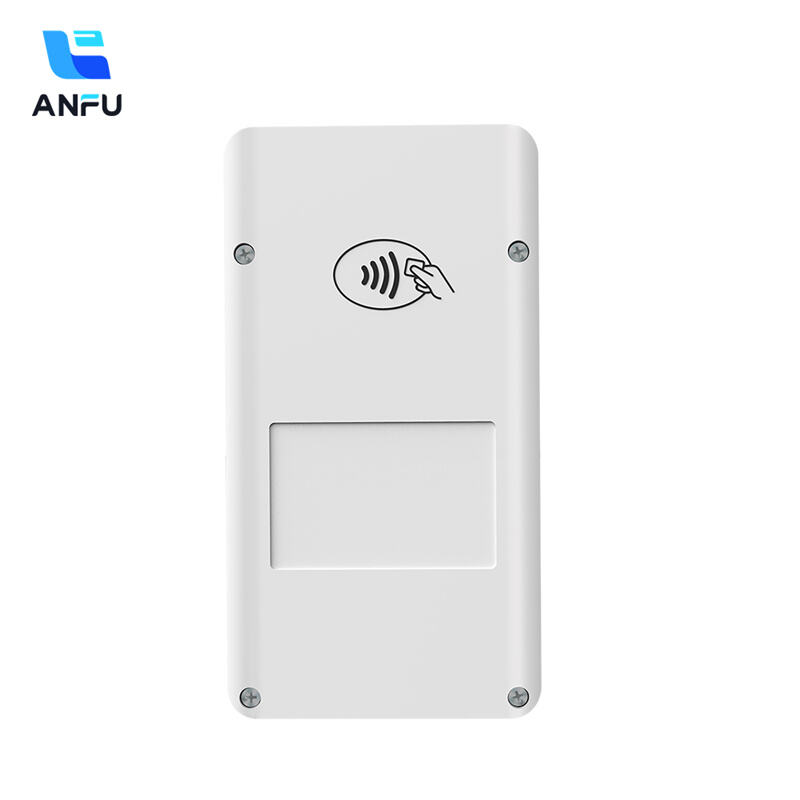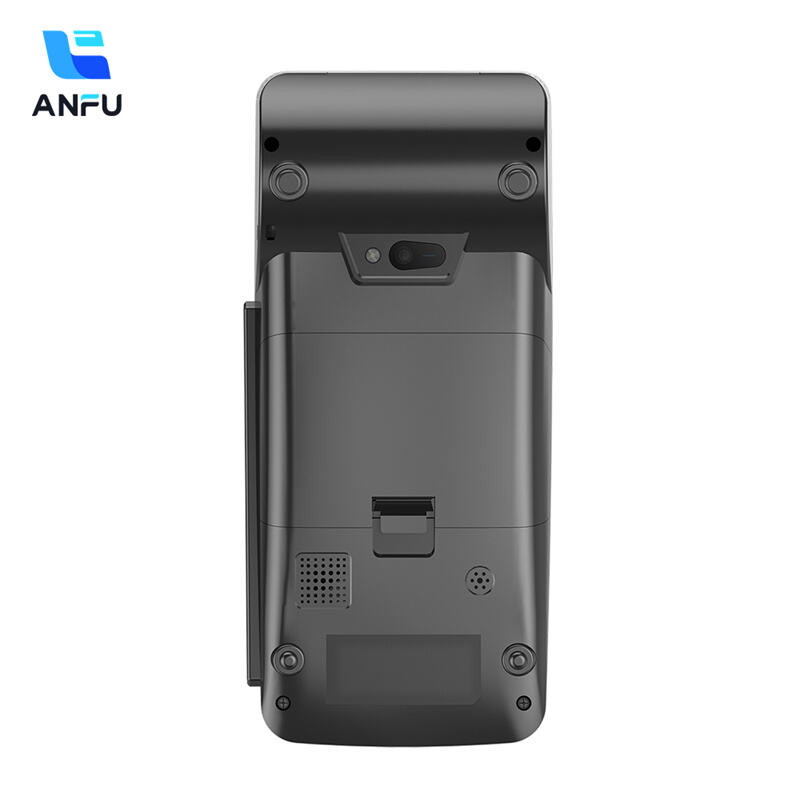Top 5 Advantages of Switching to Android POS Terminals
Cost-Effectiveness and Affordability
Lower Initial Investment Compared to Traditional Systems
Android POS terminals are changing how businesses operate, especially for small and mid-sized shops that need affordable point-of-sale systems instead of expensive traditional setups. The good news? These devices usually require much less money upfront, something that matters a lot to new businesses still figuring out their finances. Plus, plenty of suppliers now offer payment plans or leasing arrangements so merchants can spread out costs over time rather than draining their bank accounts all at once. Industry numbers back this up showing stores can cut first-time setup expenses by around 30% when going with Android based systems. Beyond saving money, these terminals actually help smaller operations run smoother day to day since they come packed with features that bigger businesses take for granted.
Reduced Maintenance and Software Update Costs
Switching to Android POS systems lets businesses cut down on those recurring maintenance bills quite a bit. The main reason? Standard hardware that works across different setups, plus regular software updates usually covered in service contracts. Companies don't need as many people managing software locally anymore. With cloud based updates handling most of the work behind the scenes, IT departments aren't bogged down with constant troubleshooting. Some research shows businesses actually save around 40% on maintenance after making the switch. For shops looking to trim expenses while running smoother day to day operations, these Android POS solutions are becoming pretty appealing options in the market right now.
Scalable Solutions for Small to Medium Businesses
What makes Android POS terminals so appealing is their modular design which allows for scaling something really important for small and medium sized businesses. A company can start simple with just what they need right now and then expand their system as they grow bigger, handling more customers without having to spend a fortune on new equipment later on. For smaller businesses fighting it out in tough markets, being able to adapt quickly and grow when needed matters a lot. According to one industry report, around 60% of companies say they were able to grow their operations smoothly thanks to how flexible these Android systems are. Beyond just saving money, this kind of scalability keeps operations running efficiently while supporting actual business growth in today's constantly changing market conditions.
Versatility and Customization Options
Android App Ecosystem for Business-Specific Tools
Android OS works well with lots of different business apps, so companies can pick what fits best for them. Retailers, restaurants, manufacturers they all find something useful here. The system gives access to software for managing stock, keeping track of customers, handling payments and other daily tasks. Many small shop owners who started using specific Android apps at their point of sale stations saw work get done faster, sometimes as much as 25% quicker according to some reports. That kind of boost matters when running a tight operation. Businesses keep adjusting how they run things as markets change, and Android POS systems help make those adjustments happen without major headaches. Most stores now consider these devices essential parts of their daily workflow.
Tailored Integrations for Retail and Hospitality
Android point of sale terminals work really well with most existing retail and hospitality systems out there, making day to day operations run much smoother. When businesses take the time to customize how these systems connect, they can actually link up with various e commerce platforms too. This means better sales numbers overall while keeping track of stock across both web based shops and brick and mortar locations becomes a whole lot easier. According to some industry research last year, around seven out of ten businesses in retail and hospitality saw real improvements after setting up these custom connections. The bottom line is that having this kind of flexibility lets companies go beyond what customers expect normally, giving them complete control over their business needs no matter what type of operation they run. That's why smart businesses are increasingly looking at flexible POS options as a must have feature if they want to stay ahead in today's tough marketplace.
Enhanced User Experience and Mobility
Intuitive Interface for Faster Employee Training
Android based point of sale systems come with interfaces that are easy to navigate, cutting down how long it takes to train new staff members. The touchscreen design makes mistakes less likely during operations, so transactions happen quicker and customers tend to be happier overall. According to reports from various businesses, since most people already know their way around Android devices, newcomers need about half the training time when compared to older style POS setups. This saves companies money and keeps operations running smoothly without all those delays during employee onboarding periods.
Portable Design for On-the-Go Transactions
Android POS devices come in sleek, compact designs that let businesses process payments almost anywhere they go, which makes things much easier for customers. The fact that these devices are so portable means merchants can actually meet people where they are shopping - think music festivals, local markets, or temporary pop-up stands around town. And the numbers back this up too. Studies show when vendors offer mobile payment options at busy events, their sales often jump around 20%. So instead of being stuck behind a counter somewhere, small business owners now have real freedom to connect with shoppers face to face wherever the action happens.
Advanced Data Analytics and Real-Time Insights
Sales Trend Tracking and Inventory Management
Android POS systems come packed with data analysis features that let businesses track sales patterns in real time, something that makes managing inventory much easier. When shops use these tools, they get actual numbers instead of guessing what customers want. Looking at the sales data helps store owners figure out exactly how much stock they need on hand. Take coffee shops for example many find their espresso beans fly off the shelves while pastries tend to sit around longer than expected. Adjusting orders based on what actually sells prevents empty shelves and wasted product sitting in storage. Retailers who started using these analytics saw profits jump anywhere from 8 to 15 percent within six months, according to industry reports. That kind of improvement shows why more small businesses are switching to Android-based point of sale solutions these days.
Customer Behavior Analysis for Targeted Marketing
Android point-of-sale terminals that can track how customers actually behave when shopping represent something pretty revolutionary for marketing efforts. These devices collect detailed information about what people buy, when they buy it, and even how long they spend looking at certain products. Retailers then use all this info to create marketing messages that feel more personal and relevant to individual shoppers. The results speak for themselves too many stores report better engagement rates and actual sales increases after implementing these systems. Some studies show companies that work with customer data see around 20 percent better returns from their marketing budgets compared to those who don't. When businesses start getting a real sense of customer wants and needs through these terminals, they naturally adjust their product selections and promotions accordingly. This leads to happier repeat customers and ultimately boosts bottom line profits over time.
Robust Security and Payment Compliance
PCI DSS Certification and Encrypted Transactions
Most Android point-of-sale terminals come loaded with all the right certifications and tech needed for secure payments. They follow the Payment Card Industry Data Security Standard, or PCI DSS for short, so card info stays safe during transactions. Compliance matters because it stops sensitive customer data from getting leaked or stolen. The terminals also use strong encryption methods that add another level of protection for shoppers' personal details, which helps build confidence when people swipe their cards. According to security folks who study these things, companies that stick to PCI requirements cut down on data breach risks quite a bit. For businesses wanting to keep their payment systems secure, investing in proper certification isn't just smart business it's practically mandatory nowadays.
Secure Contactless and Mobile Wallet Integration
Adding contactless payment features to Android point-of-sale systems makes life easier for both store owners and shoppers. People are increasingly using their phones or wearable devices to pay, which fits right in with how most folks want transactions to happen these days. For busy stores where lines form quickly, being able to swipe a phone instead of fumbling with cash or cards saves time and avoids touching shared surfaces. The numbers back this up too many businesses report seeing contactless payments grow by around half since the pandemic started, mainly because customers worry about germs on payment terminals. Retailers who don't offer this option risk falling behind competitors as shoppers gravitate toward stores where they can complete purchases fast and safely.
Recommended Products
Hot News
-
Smart Card 2019
2024-01-23
-
Trustech 2019
2024-01-12
-
Futurecom 2019
2024-01-12
-
Seamless Payments Asia 2020
2024-01-12
-
Seamless Middle East 2022
2024-01-12

 EN
EN
 AR
AR
 BG
BG
 CS
CS
 DA
DA
 NL
NL
 FR
FR
 IT
IT
 JA
JA
 KO
KO
 PL
PL
 PT
PT
 RU
RU
 ES
ES
 TL
TL
 ID
ID
 LT
LT
 UK
UK
 VI
VI
 HU
HU
 MT
MT
 TH
TH
 TR
TR
 FA
FA
 AF
AF
 MS
MS
 MK
MK
 HY
HY
 AZ
AZ
 KA
KA
 BN
BN
 BS
BS
 LO
LO
 MN
MN
 NE
NE
 ZU
ZU
 MY
MY
 KK
KK
 UZ
UZ
 KY
KY
